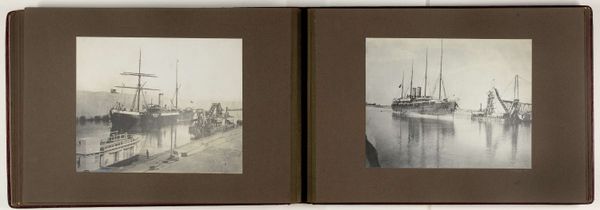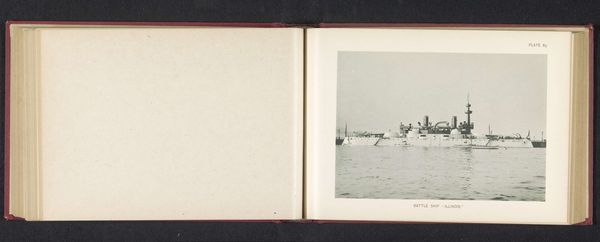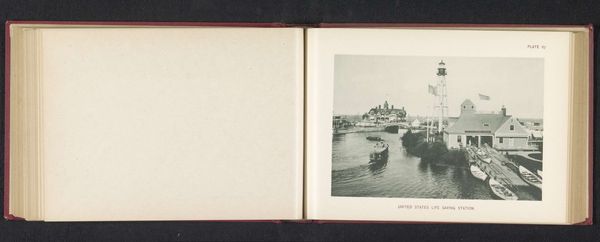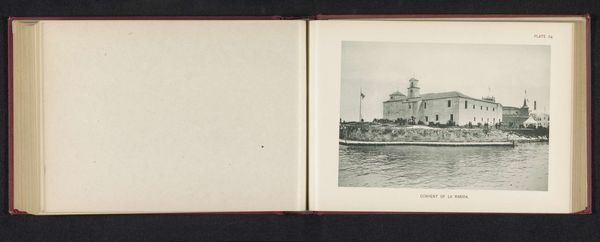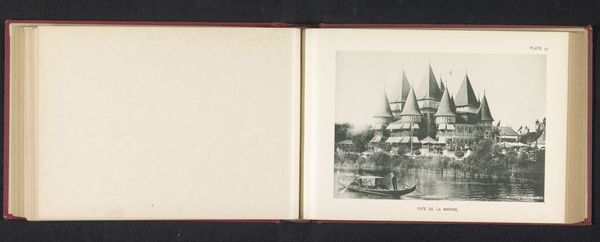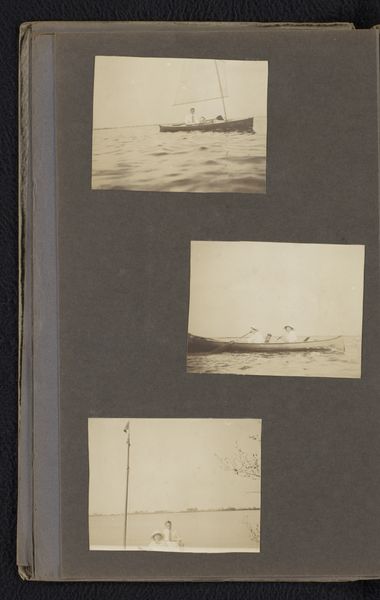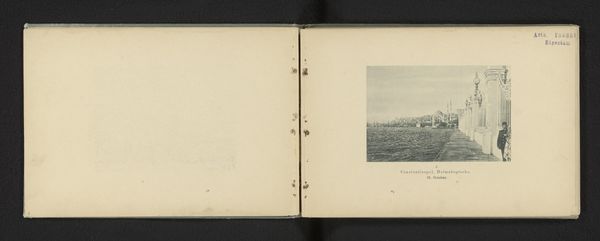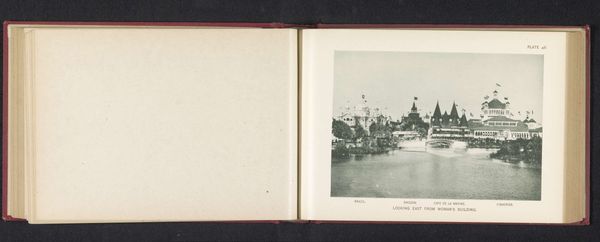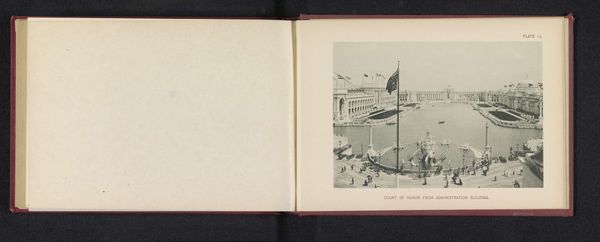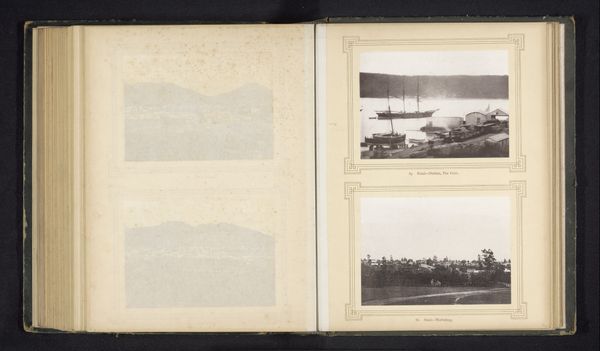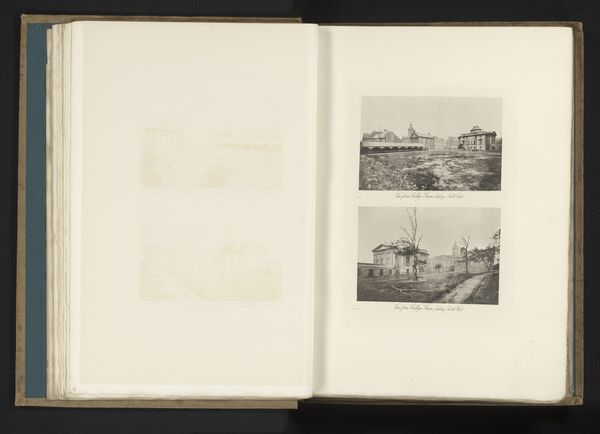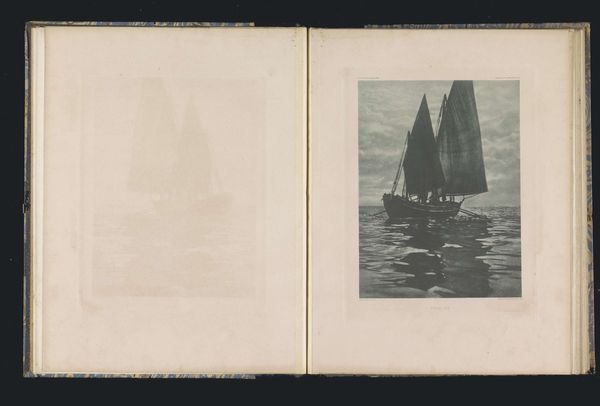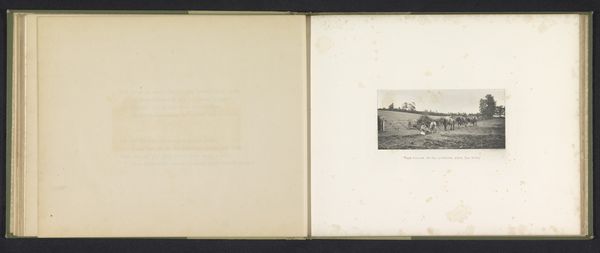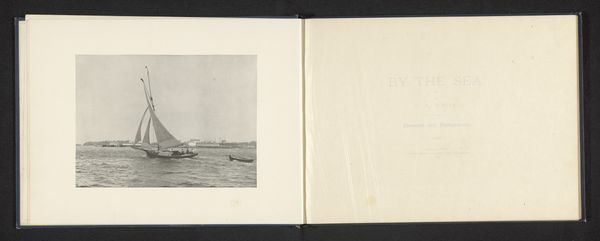
Handelaren met lastdieren bij een haven, vermoedelijk aan het Suezkanaal c. 1880 - 1900
0:00
0:00
print, photography, gelatin-silver-print
# print
#
landscape
#
photography
#
orientalism
#
gelatin-silver-print
Dimensions: height 215 mm, width 279 mm
Copyright: Rijks Museum: Open Domain
Editor: This gelatin silver print, “Traders with Pack Animals at a Harbor, presumably on the Suez Canal”, created by C. & G. Zangaki sometime between 1880 and 1900… it's fascinating. The composition leads my eye straight to the workers and their animals. How do you interpret this work? Curator: This photograph interests me primarily as a record of labor and logistics surrounding the Suez Canal’s operation. Notice the repetitive tasks being performed – loading and unloading. These activities highlight the massive scale of resource extraction and movement that the canal facilitated. Editor: I see that, the work does seem very repetitive and on a huge scale. So, you're drawn to the process rather than, say, any aesthetic quality? Curator: Precisely. The light, the composition—those are secondary to the depiction of a complex network of human and animal labor. Look at the quality of the gelatin silver print itself: it enabled mass production, which, in turn, facilitated the widespread dissemination of these orientalist views and further expansion of the colonial project. What does this process suggest to you? Editor: It makes me think about the kind of economic and industrial expansion happening at the time. The Canal was a huge project! Curator: Exactly. Consider how the technology of photography itself – the cameras, the chemicals, the darkrooms – contributed to constructing a particular image of the East and reinforcing the dominant powers that were already at play. The labor extended to image creation itself. Editor: It’s interesting to think about the social context of image-making too and the people involved in it! Curator: Indeed! Looking closely at material conditions and productive networks challenges traditional art-historical narratives and illuminates hidden histories. Thank you for pointing out this piece; I will not look at photos in the same way.
Comments
No comments
Be the first to comment and join the conversation on the ultimate creative platform.
